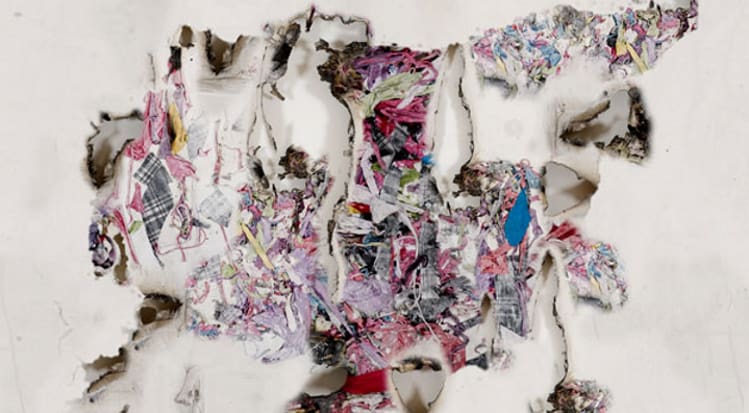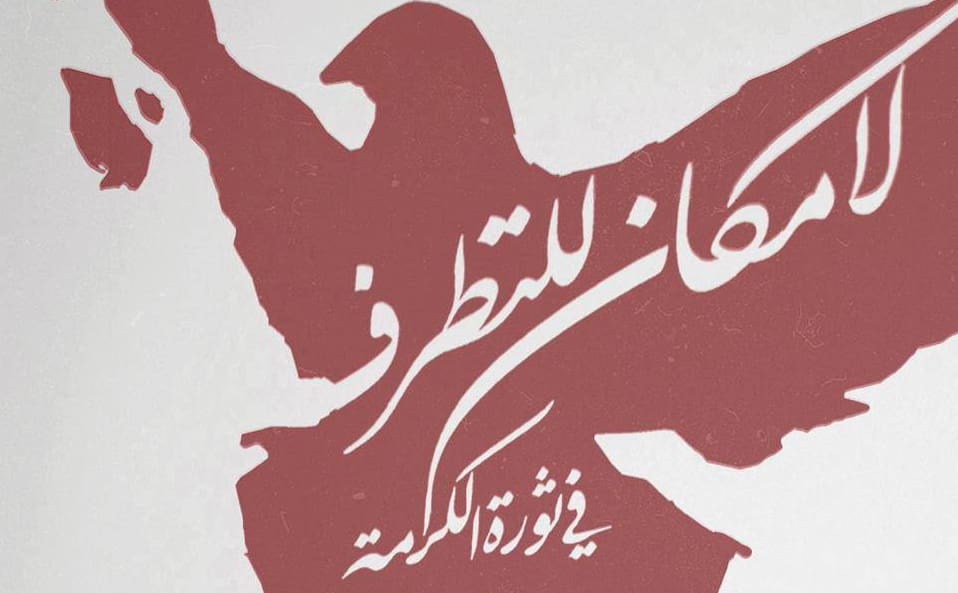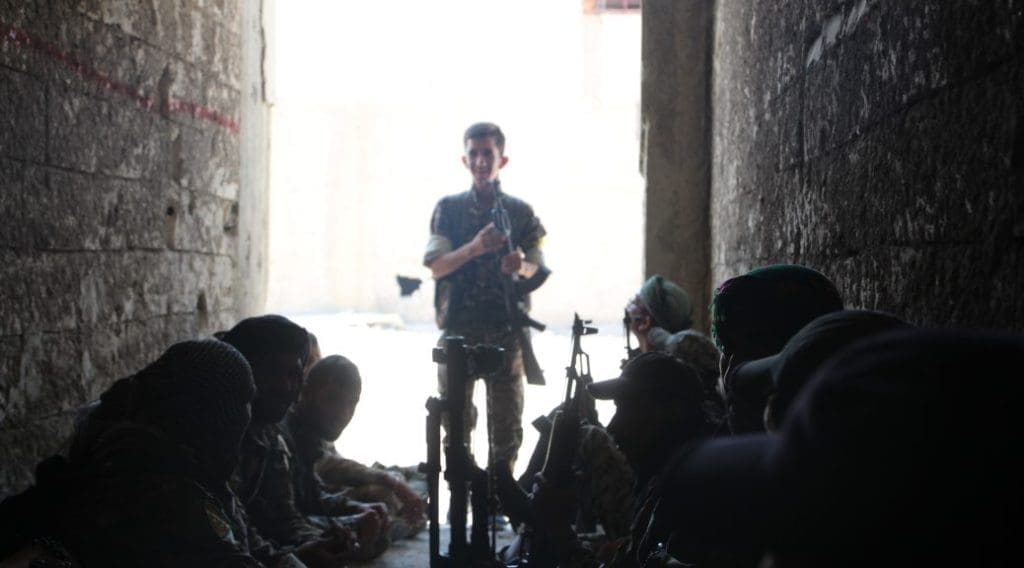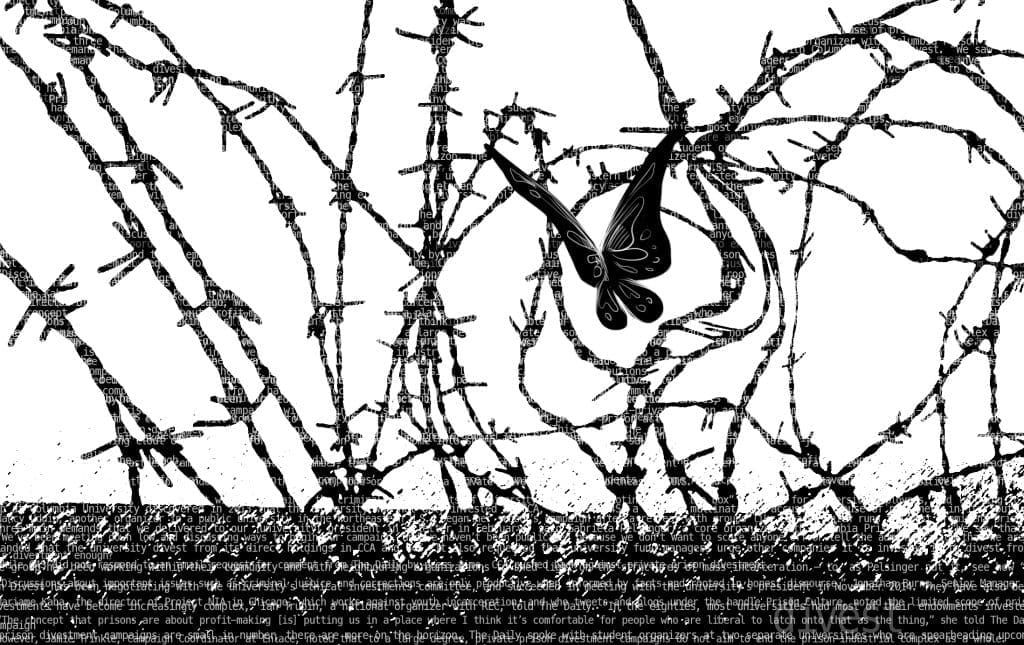By Leila Al Shami
(visit her excellent blog)
I was asked for an overview on Syria for a meeting of anarchists in Tunis which unfortunately I couldn’t attend. This is a slightly edited version.
In 2011, the Syrian people, as part of a transnational uprising sweeping the region, rose up in huge numbers to demand the overthrow of the regime. It was a spontaneous, popular uprising, originating in the disadvantaged rural and urban areas. It was a response to decades of dictatorship, a repressive police state, a mafia-style elite and the neoliberal policies of the Baathist regime which had impoverished large sections of the population.
It was a movement without leaders which united people across class, ethnic and religious boundaries. Young men and women organized horizontally in the committees which sprang up in towns and villages across the country to coordinate protests and civil disobedience campaigns and to send aid to besieged or bombarded communities. The activists in the committees worked to coordinate the demands of the revolution across the country – for the fall of the regime and a transition to a democratic, non-sectarian, civil state.
Over time, in the face of increasing and savage state repression, people armed themselves and organized in popular militias to defend protesters and their communities from attack. By 2012 there was a full blown military struggle between, on one hand, a multitude of popular militias loosely grouped under the ‘Free Army’ label and, on the other, the State.
Syria’s was the most thoroughgoing revolution of all the countries of the ‘Arab Spring.’ By mid-2012, the State was no longer in control of over half the country. Across the liberated areas and in the newly created autonomous zones, local councils (based on the vision of anarchist Omar Aziz) were established to administer life, operating basic services such as education and water supply, even growing their own food. And through the councils and committees people ran their own affairs in the liberated areas over the next four years and expressed communal solidarity in the most creative and practical ways.
Such experiments in autonomous, self-organization may have been driven more by necessity than ideology, but they were evidence of an important social transformation which was reconfiguring social relationships away from those based on hierarchy and domination towards the empowerment of individuals and communities. The energies which the revolution unleashed led to the emergence of hundreds of civil organizations and campaigns and a flourishing of long-repressed culture (in the arts, and in critical debate).
But as elsewhere in the region, the counterrevolution was very strong. Assad used ballistic missiles, chemical weapons and barrel bombs, mainly targeting the civilian population in the liberated areas. By early 2015, more than 210,000 people had been killed, and four times that amount injured. Whole cities lay in ruins, homes, hospitals, schools and livelihoods destroyed. More than 150,000 have been incarcerated in Assad’s dungeons—mainly civil activists who peacefully opposed the regime. Thousands have been tortured to death.
Over half the population are no longer living in their own homes, either internally displaced or having fled the country as refugees. 65 per cent of the population is living in extreme poverty and 650,000 people are trapped in besieged areas (such as the Yarmouk refugee camp for Palestinians) facing starvation—part of the regime’s ‘starve or submit’ policy.
Totalitarian and extremist Islamist groups such as Daesh (the Islamic State) gained strength in the chaos and started to take over the liberated areas, targeting civil revolutionaries and Free Army militia and committing horrendous abuses and sectarian attacks. Criminal gangs and war profiteers emerged. Syria became the battle ground of proxy wars, of Sunni-Shia rivalries, of foreign interventions. Iranian troops and Iranian-backed Shia jihadist militias are now occupying parts of the country, propping up the regime. Foreign Sunni extremists (including European colonists) flock to join Daesh. This was the price of asking for freedom.
There was nothing inevitable about what happened in Syria. The regime’s supporters from the beginning made clear their intentions. They scrawled them on walls across Syria: “Al-Assad or we burn the country.” As Russia and Iran gave unlimited economic and military support to the regime to crush the opposition, the democratic Free Syrian Army received little in the way of weapons or support. Islamists were released from prison by Assad in 2011, going on to head the main Islamist brigades and given support (financial and military), mainly by Gulf States.
The Islamists came to dominate the military struggle. Sectarianism was carefully nurtured by the regime’s policies and political calculations, such as by sending Alawi death squads into Sunni civilian neighborhoods. Syria’s political opposition elites in exile were hijacked by Gulf or Western influence, and either way never had any real relevance on the ground. Worst of all, Syria’s civil revolutionaries were abandoned, including by much of the international left which slandered them as fools, barbarian jihadists or agents of the West.
One exception has been Syria’s Kurds, who have attracted international solidarity for the social revolution occurring in Rojava and their brave struggle against the Daesh fascists. While this solidarity is wonderful to see, it’s difficult to understand why support was extended to Syria’s Kurds yet not the Arabs who also experimented with self-administration initiatives and have also been struggling against Daesh (and the regime, a battle which Kurds were largely spared).
Regardless, Syria’s revolutionaries, both Arabs and Kurds, recognize the importance of joint struggle for freedom from all authoritarianisms (the Kurdish YPG and Free Syrian Army joined forces to fight Daesh and there are many civil solidarity campaigns). Yet caution should be exercised between support for the Kurdish people and support for the PYD which, despite its claimed ideological turn towards anarchism, remains a highly authoritarian party which is now in control of all aid and weapons in Rojava, is the only party allowed to organize a militia, and is carrying out repressive practices towards Kurdish opposition in areas it controls, as well as forced conscription. The question should be how to support the self-administration experiments and the spreading of the libertarian ideals rhetorically espoused by the PYD, and not to strengthen one political party to take power.
It is hard to end on a positive note for Syria. Many of the original revolutionaries have been killed, imprisoned or have fled the country. Others, exhausted, have given up the struggle, or have been pushed towards extremism by the hardships they have suffered. But there are many, both inside and in exile, who continue to work for freedom and social justice. I would encourage anarchists to engage with Syrians and support those who are still working in the committees and the councils, support humanitarian initiatives inside Syria and in the refugee camps, and support refugees in their home countries in Europe or elsewhere.
Learn about what is happening and work to counter the propaganda and slander which is spread by the mainstream media as well as those sections of the left which have become apologists for Assad’s genocide. What seemed like a moment of hope across the Middle East and North Africa in 2010 and 2011 has now turned into a very dark period of counterrevolution. The region is exploding in sectarian struggle and war. Now more than ever, activists need solidarity and support to continue to fight for a better future.
Featured Image: “Burning Syria” by Tammam Azam. Source: Tahrir International Collective Network, a Pan-Mediterranean Anarchist blog whose Syrian coverage presents a vital perspective on the conflict which is sadly quite rare.





